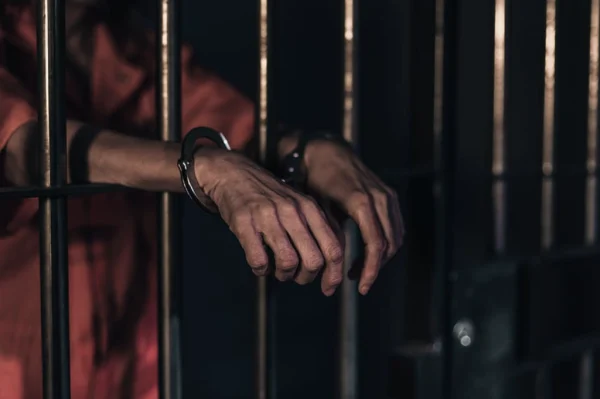I Thought Wrong
October 25, 2021
False memories and false eyewitness accounts have led to many wrongful accusations and convictions for several crimes. Many think of false memories as being somewhat rare, studies have proven that they are actually common and formed very easily. Researchers have also discovered that people with exquisitely good memories are just as inclined to form false memories than those of poor or average ones. Perhaps, the key factor is to come to a realization that our memories are vulnerable and can lead our brains to believe misinformation caused by trauma, sleep deprivation, childhood events, etc.
In 1994, Kirk Bloodsworth, a former marine from Baltimore County, Maryland, was twice convicted for the murder and rape of nine year old girl, Dawn Hamilton. The testimony of five eyewitnesses concluded that Bloodsworth was sentenced to death by the gas chamber. He served a total of nine years in prison before he was proven innocent by DNA testing- showing false memories are not rare. An organization affiliated with students of Yeshiva University promotes DNA testing to prove wrongfully convicted subjects innocent. Researchers from the Innocence Project have concluded that nearly seventy-three percent of the two hundred thirty nine convictions have been proven innocent through specific DNA testing placed by eyewitness testimony. About a third of overturned cases were solely dependent on mistaken eyewitnesses.
Studies have shown that a large percentage of jurors heavily depends on eyewitness testimonies when making the decision of innocence or guilt. Although eyewitness testimonies are occasionally accurate, many believe that polygraph tests have a higher accuracy. However, several psychologists do not trust the so-called lie detector test. Leonard Saxe, a psychologist, believes that there is not enough evidence to determine the accuracy of the test. He has argued that detection of people’s velocity from the observation of psychophysiologic changes is more like a myth than reality.
Polygraph testing involves the inference of deception through the monitoring of physiological responses to a series of questions. To conduct a polygraph test, the physiologic recorder observes three different indications of autonomic arousal: skin conductivity, respiration, and blood pressure/ heart rate. Skin conductivity is most of the time measured through electrodes on the subject’s fingertips. Respiration and rate is monitored by pneumographs wrapped on the subject’s chest. Blood pressure is assessed by a blood pressure machine. Polygraph tests usually involve practice tests or stimulation tests. A stimulation test demonstrates the accuracy of deception before starting the real test. In addition, it is assumed that honest subjects are more afraid of related issues than control issues.
Furthermore, body language also plays a huge factor in the detection of deception. If a subject becomes jittery, meaning they become fidgety, it could be an indication that the subject is lying. The tone of voice is one of the biggest red flags of someone lying. If the subject’s voice is very confident and strong, they’re most likely lying. If the subject’s voice is soft, they are probably not lying or they may not be telling the entire story, but only part of it. Most people pay attention to eye contact to determine if someone is lying. Indirect eye contact, or moving eyes, typically means the subject is not being honest.











